(Possible trigger warning for discussion of bullying. Also, this post contains considerably more of my guts than I usually spill on this blog. Just so you know.)
I've been reading the flurry of reportage about bullying and queer youth suicides partly with a sinking heart (has it gotten suddenly worse lately? if these are just the cases we're hearing about, how many others are going unreported? was it this bad when I was growing up?) and partly with a grim sense of well, this is nothing new and also Christ on a cracker, does nothing ever change?
I had it easy, compared to so many others. I was taunted nonstop during half of third grade, most if not all of fourth and fifth grade, and to a lesser extent sixth and seventh grade. In eighth grade I was considered extremely weird but left alone. By the time high school rolled around, I had a few friends and a little social niche, and the bullying stopped, though that may have been because I'd gotten better at not drawing attention to myself. By around age 16 or 17 I'd started to suspect that maybe I liked girls a lot more than I liked boys, but I basically postponed that line of thought until I went off to college, where the atmosphere was a lot more accepting.
I was only beaten up once, during the height of my bully-magnet years. Nobody yelled homophobic slurs at me or spat at me or told me I should die. The phrase "that's so gay" hadn't even entered the vocabularies of the elementary school set in 1985; I don't think many of us even knew what it meant. My mother stuck up for me, and so did some of my classmates on occasion. I read voraciously, and because of that, I knew that the world was a much larger and more interesting place than my school. The children's librarian at our local branch library was an early ally who showed me great and unvarying kindness. Much as the bullies messed up my head, I knew there were some people who didn't think I was a freak who deserved all the bullying she got. I never tried to kill myself. I was one of the lucky ones.
But again and again, in the stories I've heard people tell, it comes back to this: adults standing by and doing nothing, or saying "What can you do?", or blaming the bullied child for bringing it all on him- or herself.* Which all sounds hauntingly and enragingly familiar.
My 5th grade teacher told my mother that the bullies had to be reacting to something that I was doing; that it was my fault that they tormented me every single day. I remember how the same teacher turned a blind eye to everything they did, and the one time I tried to fight back, she scolded me. (Mrs. Tate, should you ever happen to read this: I've never forgiven you for that.)
And you know what we all learned from that? The bullied, the bullies, and all the bystanders? That people in general weren't trustworthy. That there was no such thing as justice. That adults were on the same side as the bullies. That if you were different in any way, there was something wrong with you, and your best bet was to hide, keep your head down, and withdraw from people as much as possible. That last lesson took me years and years to unlearn.
When schools do nothing to stop bullying, when people shrug this behavior off as no big deal, everyone suffers. We make the world a vicious place where people think empathy and kindness are not a necessary part of everyone's moral compass, but weaknesses to be mocked and dismissed. We turn ourselves, in short, into a nation of assholes. And then we wonder why our culture is so messed up, in so many ways.
This cannot go on. If you truly believe it's all right to teach that lesson in schools, then you might as well just start poisoning the cafeteria food and have done with it.
I don't feel like I can tell every young queer person that it always gets better, even though there are plenty of ways it most likely will (chief among them: not being required by law to spend five days a week surrounded by tormentors). I still think the It Gets Better Project is a really good idea, though. Because the more of these stories are out there, the more likely it is that kids going through the hell of high school will realize they're not alone, and the harder it'll be for everyone else to pretend this problem doesn't exist.
And if anyone reading this is wondering whether it does indeed get better: mean people don't disappear when you graduate from high school, but what does change is your ability to control your own life. In the meantime, you're not alone. Check out the Make it Better Project or the Trevor Project. And know that there are lots of us out here who are trying to change things for the better. Your life is valuable, no matter what anyone tries to tell you.
* If you don't think teachers can intervene in any meaningful way, I suggest that you read this post. If you don't think kids take cues from the bigotry they hear from adults, then please listen to the first story on this show from This American Life. And then I refer you to several posts about what happens when nobody does intervene: this one from Center of Gravitas, this one from Kate Harding, this one from Seanan McGuire (hat tip to various Facebook friends for the last two).





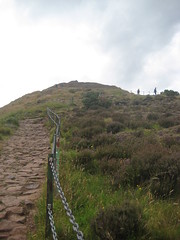



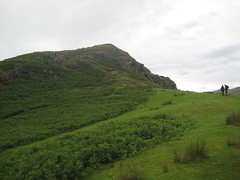

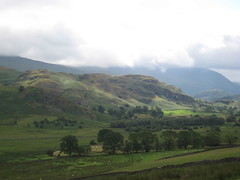
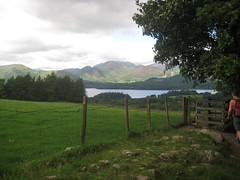

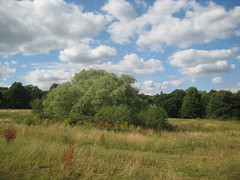
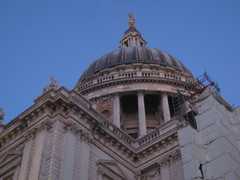


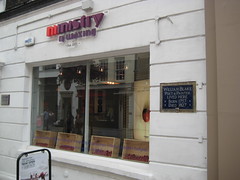
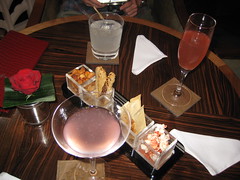

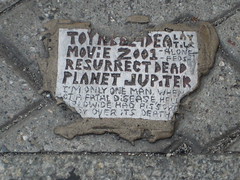
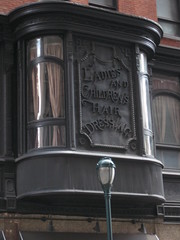

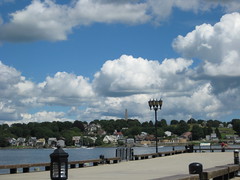
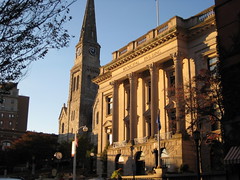
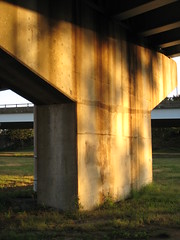
All the lonely people, where do they all belong?
By Amanda on September 25th, 2010
This is going to be a fragmentary post because my thinking on it is still disconnected. Sometimes I get thoughts and words stuck in my head and blog to get them out; if I’m lucky, the fragments amount to more than self-indulgent navel-gazing, and make sense to someone else reading them. (In other words: Probable navel-gazing ahead. You’ve been warned.)
I’ve been thinking about loneliness a lot lately. Not long ago I realized that my joy in all things aesthetic depends on my being able to experience them with other people who also care about them. For better or worse, I’ve always bonded most closely with people when we can talk about books or art or music or theater or film, and lately I’ve really been missing that. The great thing about my trip this summer was the superabundance of both beauty — landscape, art museums, architecture, Mozart masses, amazing city streets — and good friends, and the elusive sense of being completely at ease in said friends’ company. But it also reminded me of what’s been absent from my everyday life.
I think of that 2006 study that suggested that Americans have fewer confidants than they used to. The findings have been disputed somewhat. But it rang true when I first read about it, and it rings even truer now.
(Several people have told me recently that New Englanders aren’t all that friendly. Neighbors don’t know each other, they say; it’s hard to form deep friendships. I hope that’s not true; but, though I’ve made a few friends since I moved here, there’s nothing like the network I had in grad school, or even my smaller circle of friends in Philadelphia. My closest friends all live at least a hundred miles away.)
It’s hard to separate all this from the general malaise of right now: the worry about whether we’re ever going to pull out of this recession, the grim collective mood, the outbursts of panic-fueled bigotry, the lines from Yeats’s “The Second Coming” popping unbidden into my head at odd intervals. Laura at Apt. 11D posted a particularly vivid account of this state of mind: anger combined with the increasing awareness of social networks fraying, and then fraying some more.
I want to do something to improve the lot of all us lonely people (cue “Eleanor Rigby“), even though I know, realistically, one person can’t do very much. But that’s part of the problem. I’m feeling rather acutely like just one person at the moment. How many other people out there are feeling like just one person in a world of acquaintances and strangers, I wonder?
And what is one to do?
At any rate, if you’ve read this far, Reader, thank you for listening.